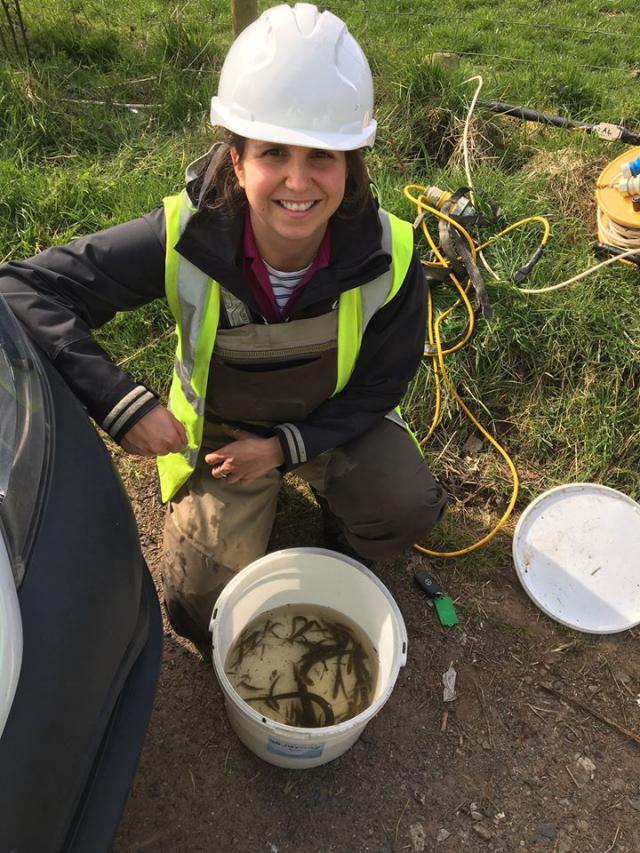Latest News
Learning on the River Dee with Kells Primary School!
On Friday morning Jess, our Prioritised Salmon Habitat Restoration Officer, was joined along the banks of the River Dee by the enthusiastic pupils of Kells Primary School. This term the pupils of Kells Primary are learning all about Scottish nature.
GFT Training Events
In the past few weeks GFT have attended and delivered a number of varied training events.
Creating a new wild path along the River Fleet
NSA volunteers have been working hard helping the GFT to create a more accessible wild walk along the banks of the River Fleet.

